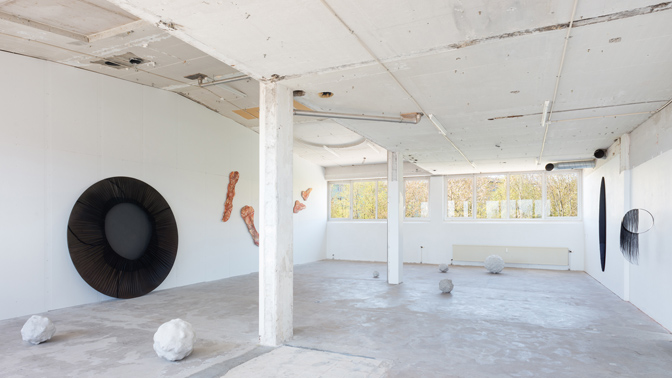
View
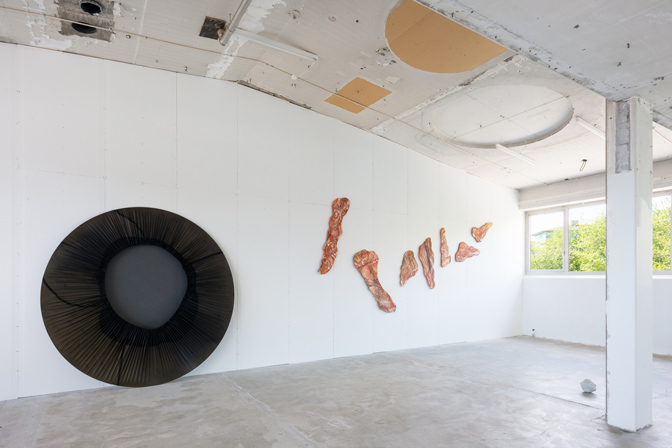
View 2

View on wall Fragments on floor Micro Macro
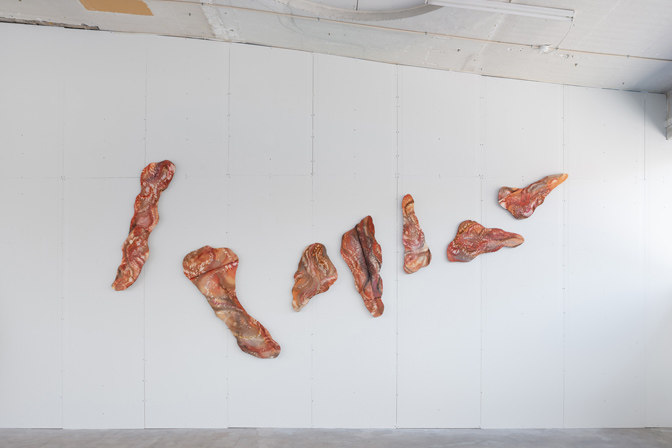
Fragments 2023, 220x500x4 cm. silk and hand cut plywood
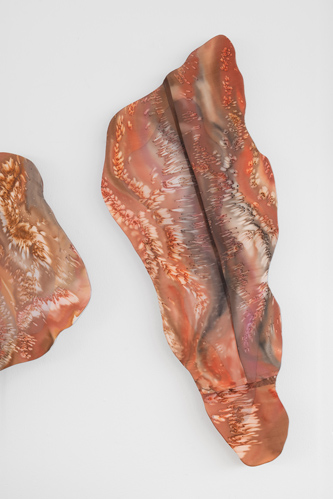
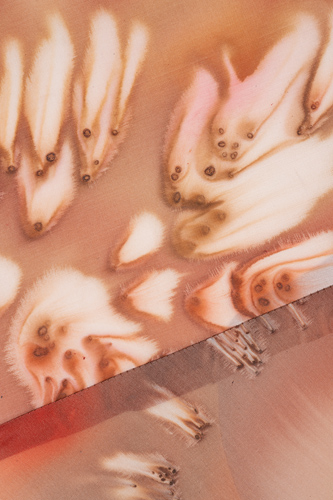
Fragments close up 107x43x4 cm silk and hand cut plywood
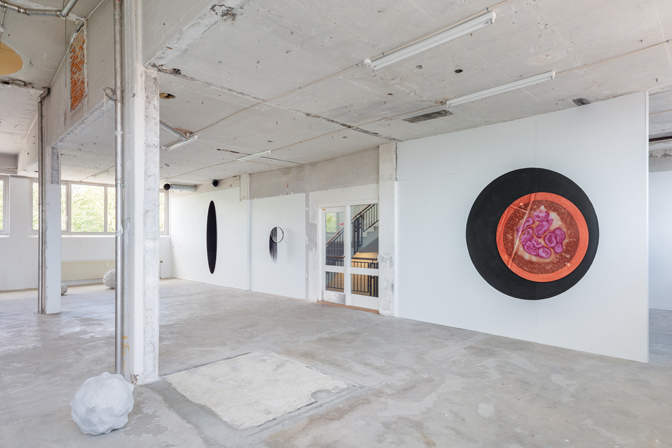
View
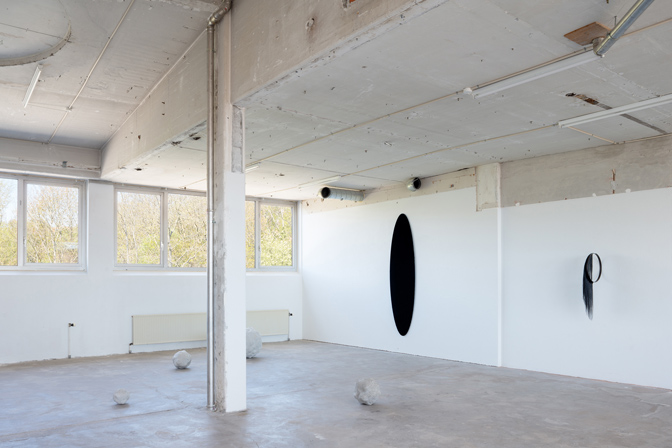
View 3
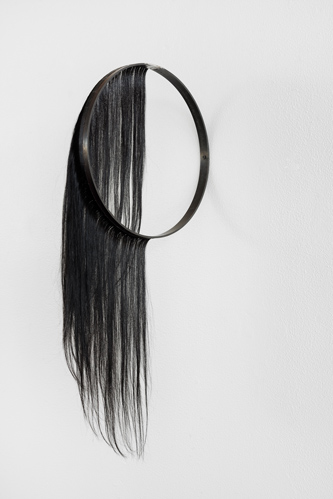

Cosmos 2023, 88x38x6 cm. Iron and hairextension
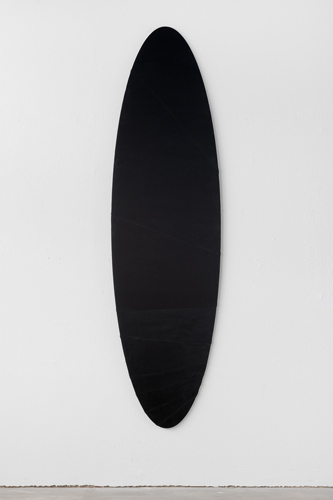
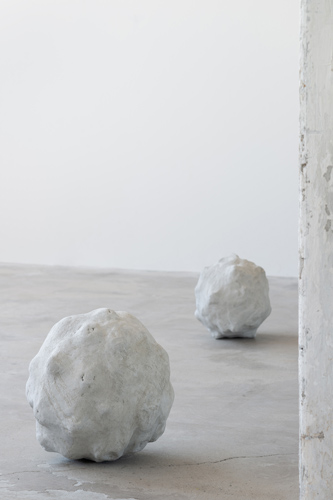
Expansion 2023, 220x60x3 cm. Velvet and laser cut plywood. Micro Macro 2023 concrete and styroform
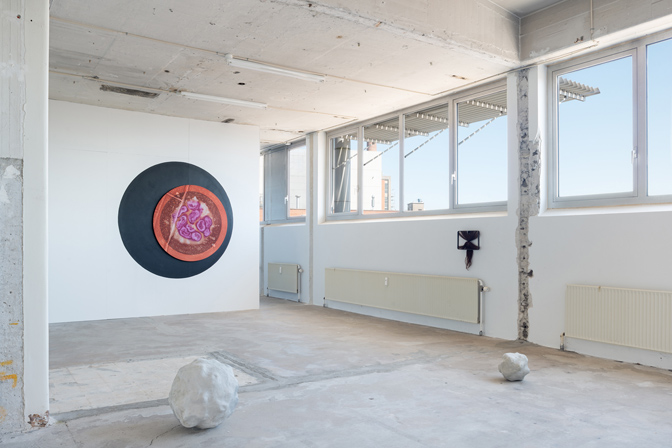
View
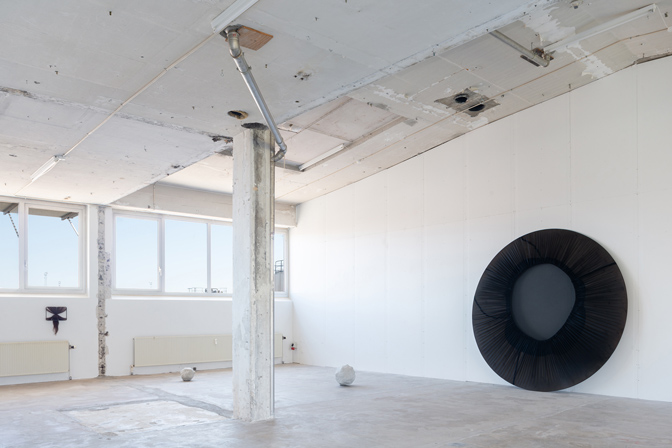
View Whispering Cosmos
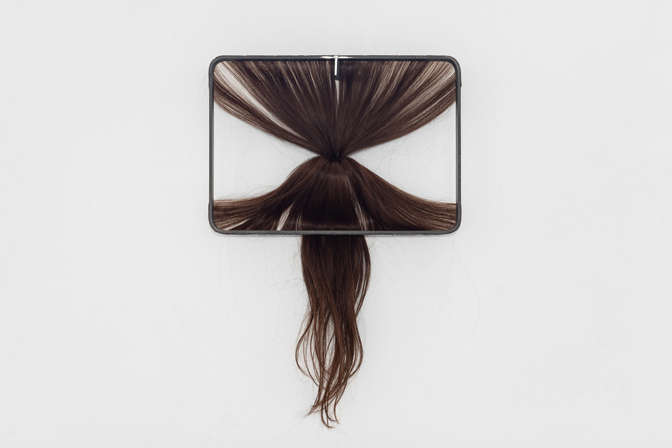
Perception #4 2023 52x33x6,5 cm. Iron and hairextension.
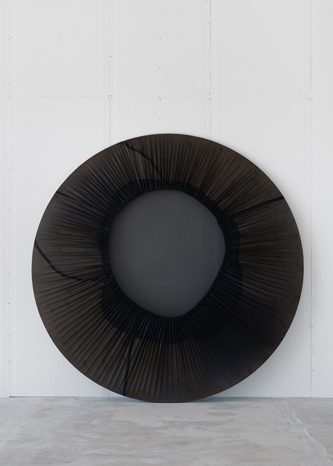
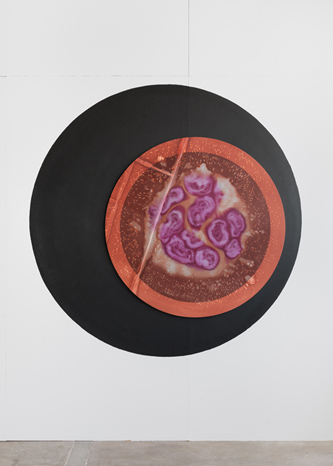
Whispering Cosmos 2023, 240 cm Ø synthetic chiffon and plywood.
Fragments of Life, Fragments of the Universe #1 2023 180 cm Ø. silk, lasercut plywood and acrylic

View in back room, from left Out There in Here #2. 2022
Fragments of Life, Fragments of the Univers #3 2023
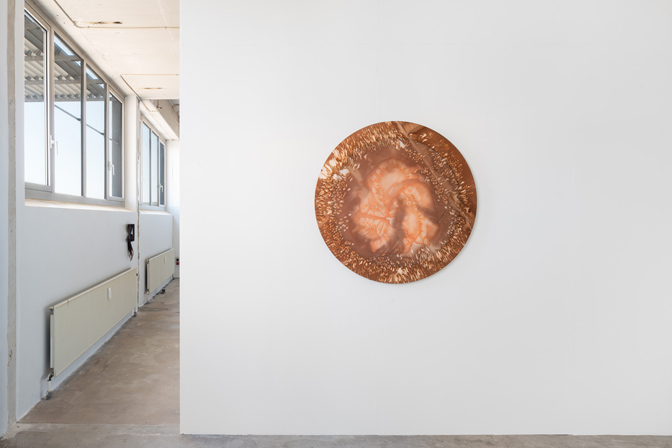
Back room, Fragments of Life, Fragments of the Univers #2, 2023
100 cm. Ø silk and laser cut plywood
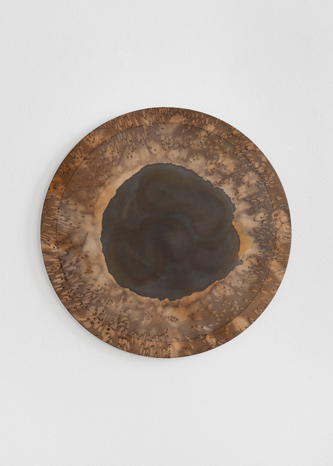
Fragments of Life, Fragments of the Univers #3 2023
80 cm Ø silk and laser cut plywood
Whispering Cosmos
solo show by Louise Sparre
KH7artspace
Text by Mille Højerslev
Carbon, oxygen, nitrogen, hydrogen, sulfur, and phosphorus. Everything we know is built around these six elements. Everything is made of matter, and matter consists of atoms. You and I are made of the same components as the cherry trees in bloom worldwide and the little bird I can hear flying around out there because its song penetrates both windows and bricks while I drink coffee and read about a team of astronomers who recently measured the largest energy release since the Big Bang, the physical event believed to have led to the creation of the universe approximately 13.8 billion years ago.
The focal point of Whispering Cosmos by Louise Sparre is biochemical and points to the connection of everything—from the smallest plant shoot to the largest galaxy. With her solo exhibition, Sparre aims to draw our attention to the fact that the building blocks of humans, animals, plants, and insects consist of the same elements found in stars, planets, and galaxies.
For Whispering Cosmos, Sparre has processed and combined materials such as metal, silk, hair, silicone, concrete, and recycled wood to create a series of diverse and contradictory works that, on one hand, emphasize KH7's massive architecture because the artistic approach is minimalist and tight, and on the other hand, contrast with the raw and industrial space because the works are delicate, tactile, and sensory but are not afraid to take up space and fill the room, almost outcompeting it with a strong feminine energy. The intertwining of different materials and the dynamics between the organic and synthetic, the rough and the soft, the smooth and matte, the dark and the light are used by Sparre to formally show the complexity of living things and simultaneously its incomprehensible simplicity.
The power of movement is the recurring theme and the unifying element in the exhibition, which is expressed in the momentum in the execution of the works, their given form, and the way they are arranged on the floor and on the walls as in a choreography. Sparre sees movement as a life-giving flow, like a cell multiplying from 1 to 100 trillion, a star exploding with immense force, or the expansion of the universe accelerating into the known and unknown. This is illustrated in the work with the same title as the exhibition, Whispering Cosmos, which in appearance can be said to balance between a cell and a black hole, a pupil, an expansion, or a contracting contraction. In many ways like the world and the universe as we know them, but not finished exploring; both were formed by an expansion.
Overall, Sparre's practice can be described as installational and spatio-temporal. Her artistic work stems from a holistic mindset, which further bases itself on reflections about our being on Earth and the space we occupy in the universe. Thus, Sparre delves into scientific phenomena and works from a planetary perspective. Through her art, which primarily consists of installations and sculptures, Sparre aims to explore our understanding and arrogance towards the fact that everything is connected. We humans are just a small part of the entire complex ecosystem that makes up planet Earth; we cannot exist without microbes, bacteria, animals, and the plant kingdom, or the sun, moon, and stars.
One could say that Sparre's art has a poetic, philosophical, and activist agenda. Her works show us that the human body is not confined but moves out into space, just as space finds its way into us; we are born into space and inhabited by stardust. That our bodies belong to the universe seems to permeate the entire exhibition.
Whispering Cosmos was supported by the Danish Arts Foundation and the Cultural Development Fund Aarhus.
supported by
